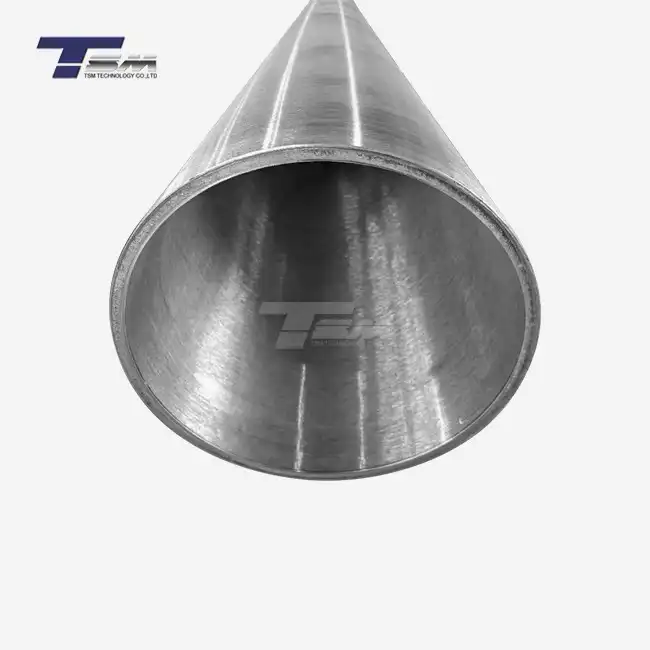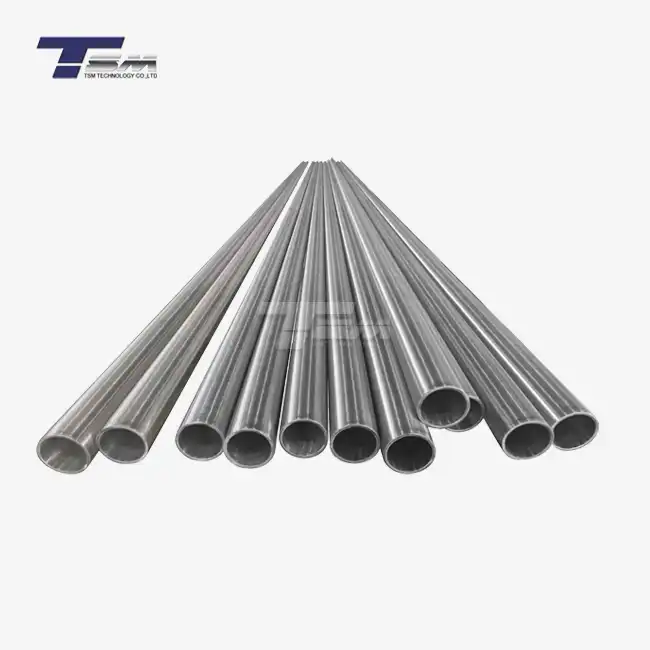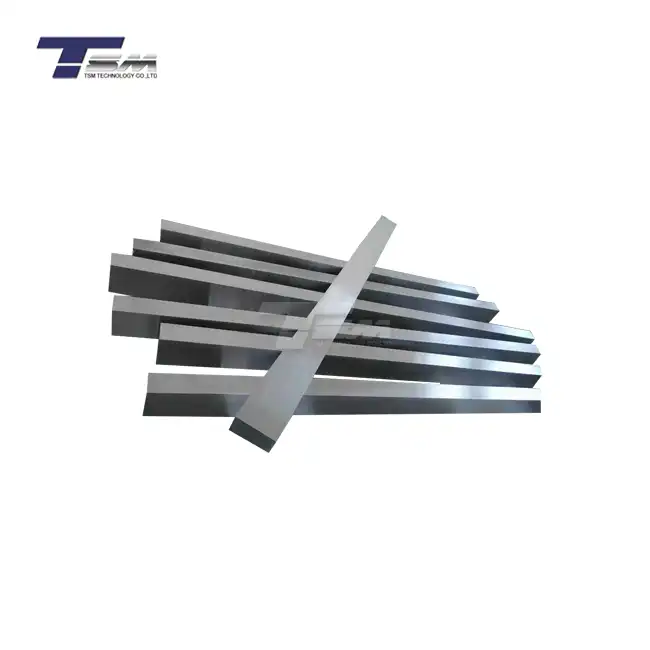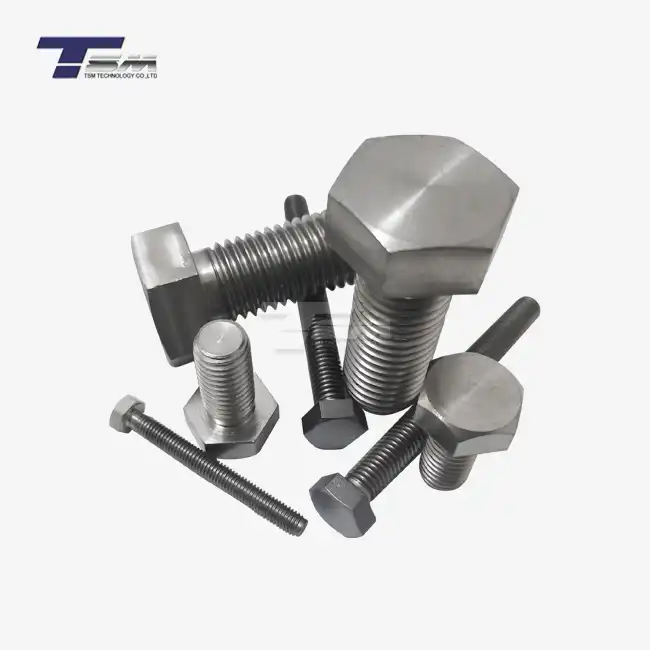Properties and Composition of Hastelloy C276 Round Bar
Chemical Composition
Hastelloy C276 round bar boasts a carefully balanced chemical composition that contributes to its outstanding corrosion resistance. The alloy primarily consists of nickel, with significant amounts of chromium and molybdenum. Other elements such as tungsten, cobalt, and manganese are added in smaller quantities to enhance specific properties. This unique blend of elements gives Hastelloy C276 its remarkable ability to withstand a wide range of aggressive environments.

Physical Properties
The physical properties of Hastelloy C276 round bar make it an ideal choice for numerous applications. It exhibits excellent strength and hardness, even at elevated temperatures. The alloy's density is comparable to that of steel, but with superior corrosion resistance. Its thermal conductivity and electrical resistivity are also noteworthy, contributing to its versatility in various industrial settings.
Mechanical Characteristics
Hastelloy C276 round bar demonstrates impressive mechanical characteristics that set it apart from other alloys. It maintains high tensile and yield strength across a wide temperature range, making it suitable for both cryogenic and high-temperature applications. The alloy's ductility and impact resistance further enhance its appeal for components subject to mechanical stress or sudden loads. These properties, combined with its excellent fatigue strength, make Hastelloy C276 round bar a top choice for demanding engineering projects.
Applications and Industries Utilizing Hastelloy C276 Round Bar
Chemical Processing Industry
In the chemical processing industry, Hastelloy C276 round bar finds extensive use due to its exceptional resistance to a broad spectrum of corrosive chemicals. It's commonly employed in the fabrication of reactors, heat exchangers, and piping systems that handle aggressive substances such as hydrochloric acid, sulfuric acid, and chlorine. The alloy's ability to maintain its integrity in these harsh environments ensures longer equipment lifespan and reduced maintenance costs, making it a cost-effective solution for chemical manufacturers.
Oil and Gas Sector
The oil and gas industry relies heavily on Hastelloy C276 round bar for various critical components. Its resistance to pitting, crevice corrosion, and stress corrosion cracking makes it ideal for offshore platforms, subsea equipment, and downhole tools. The alloy's performance in sour gas environments and its ability to withstand high pressures and temperatures contribute to its popularity in this sector. From wellhead components to valve stems, Hastelloy C276 round bar plays a crucial role in ensuring the reliability and longevity of oil and gas infrastructure.
Pollution Control and Waste Management
In pollution control and waste management applications, Hastelloy C276 round bar proves invaluable. It's used in the construction of flue gas desulfurization systems, incinerators, and scrubbers, where its resistance to both oxidizing and reducing environments is paramount. The alloy's ability to withstand chloride-induced stress corrosion cracking makes it particularly suitable for handling waste streams containing high levels of chlorides. By utilizing Hastelloy round bar in these applications, industries can ensure compliance with environmental regulations while maintaining operational efficiency.
Manufacturing and Fabrication of Hastelloy C276 Round Bar
Production Processes
The manufacturing of Hastelloy C276 round bar involves sophisticated metallurgical processes to ensure the highest quality and consistency. The alloy is typically produced through vacuum induction melting, followed by electroslag remelting or vacuum arc remelting. These advanced melting techniques result in a homogeneous microstructure and minimize impurities, contributing to the alloy's superior properties. The material then undergoes hot working and cold finishing processes to achieve the desired dimensions and surface finish of the round bar.
Quality Control Measures
Stringent quality control measures are implemented throughout the production of Hastelloy C276 round bar to ensure compliance with industry standards and customer specifications. These include chemical composition analysis, mechanical testing, and non-destructive examinations such as ultrasonic testing and eddy current inspection. Manufacturers also perform microstructural analysis and corrosion testing to verify the alloy's properties and performance. These comprehensive quality assurance procedures guarantee that each Hastelloy C276 round bar meets the exacting requirements of its intended application.
Fabrication Techniques
Hastelloy C276 rod can be fabricated using various techniques, although its high strength and work-hardening characteristics require specific considerations. Machining operations should be performed with sharp, rigid tools and appropriate cutting speeds to achieve optimal results. Welding Hastelloy C276 is typically done using gas tungsten arc welding (GTAW) or shielded metal arc welding (SMAW) processes, with matching filler metals to maintain the alloy's corrosion resistance. Hot and cold forming operations are also possible, but care must be taken to avoid excessive work hardening. Proper heat treatment procedures are crucial to restore the alloy's properties after fabrication.
Conclusion
Hastelloy C276 round bar stands as a pinnacle of engineering materials, offering unparalleled corrosion resistance and mechanical properties for the most demanding industrial applications. Its versatility across chemical processing, oil and gas, and environmental sectors underscores its significance in modern manufacturing and engineering. By understanding the unique attributes and fabrication requirements of Hastelloy C276 round bar, professionals can leverage its exceptional qualities to design and construct equipment that withstands the harshest environments, ensuring longevity, safety, and efficiency in their operations.
Contact Us
For more information about Hastelloy C276 round bar and how it can benefit your projects, please don't hesitate to contact us at info@tsm-technology.com. Our team of experts is ready to assist you in selecting the right materials for your specific needs and ensuring the success of your engineering endeavors.



